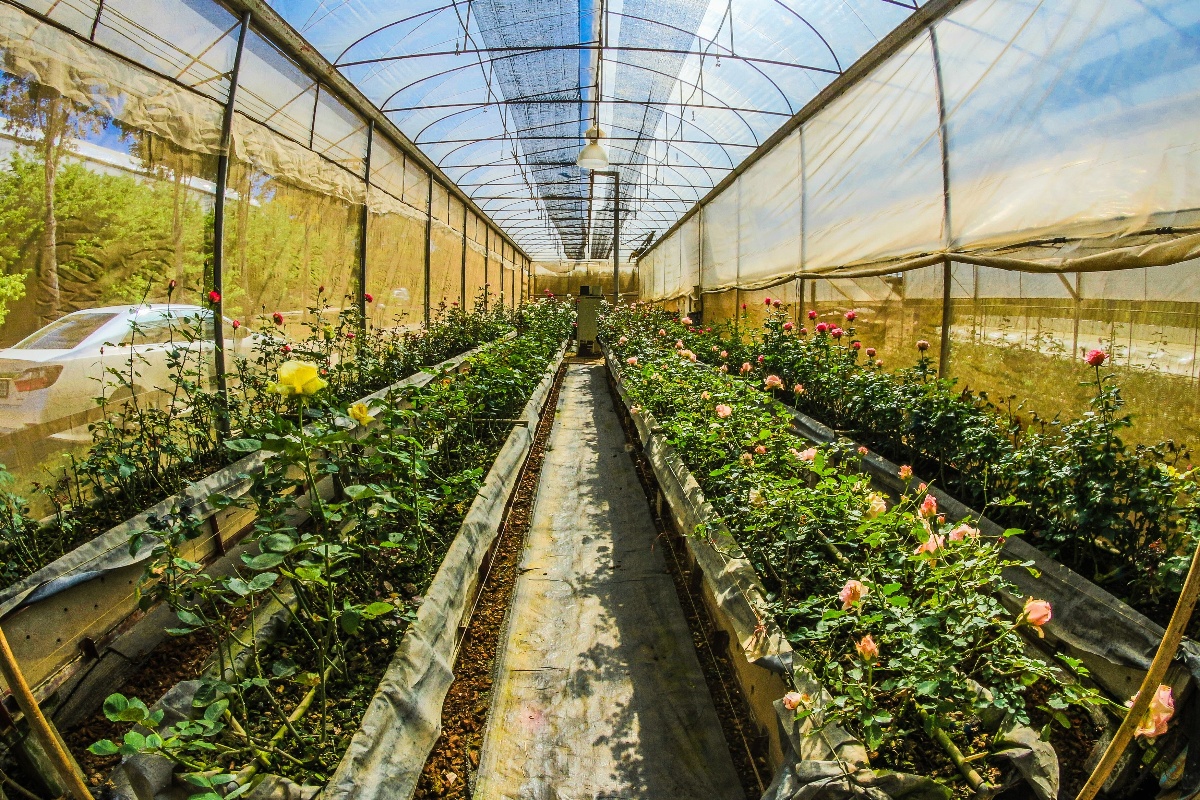Transportation is a significant contributor to carbon emissions and air pollution globally.
According to the International Energy Agency (IEA), the transport sector has the highest reliance on fossil fuels of any sector and accounted for 37% of CO2 emissions from end‐use sectors.

This includes emissions from road, rail, air, and marine transportation. Transport emissions grew at an annual average rate of nearly 1.7% from 1990 to 2021, faster than any other end-use sector.
To remain on track with the Net Zero Emissions by 2050 Scenario, CO2 emissions from the sector must fall by about 3% per year to 2030.
However, in 2021 global CO2 emissions from transportation rebounded, growing by 8% to nearly 7.7 Gt CO2 as pandemic restrictions were lifted and passenger and goods movements began to pick up following their 2020 unprecedented decline.

The aviation sector alone contributes to 2% of global carbon emissions.
Transportation is also a major source of emissions of pollutants such as nitrogen oxides (NOx), particulate matter, and sulphur dioxide (SO2).
These pollutants can have significant impacts on human health, particularly in urban areas where transportation-related emissions are concentrated.
According to the World Health Organisation (WHO), The combined effects of ambient air pollution and household air pollution are associated with 6.7 million premature deaths annually.
Some 89% of those premature deaths occurred in low- and middle-income countries, and the greatest number in the South-East Asia and Western Pacific Regions.
However, there are several ways to reduce the environmental impact of transportation.
- Increase public transportation use. The use of electric buses and trains, bike-sharing schemes, and hydrogen fuel cell technology in public transportation is increasing globally. The use of electric buses has grown exponentially in recent years. The International Association of Public Transport (UITP) estimated in 2020 there were around 400,000 electric buses in operation worldwide, with 200,000 units on order or under construction.
- Biking or walking instead of driving can also decrease carbon emissions, while improving air quality and reducing traffic congestion. The European Cyclists' Federation (ECF) estimates 1,800 bike-sharing schemes are in operation worldwide, with a total of over 18 million bikes available for use. This option also includes the use of electric bikes or scooters for shorter trips as a clean and efficient way to get around, reducing the need for cars on the road.
- Drive an electric or hybrid vehicle. Electric and hybrid cars produce zero or significantly less emissions than traditional gasoline-powered cars. In 2022, IEA estimated the number of electric cars on the world’s roads had reached 16.5 million, triple the amount in 2018. The agency noted sales of electric cars (including fully electric and plug-in hybrids) doubled in 2021 to a new record of 6.6 million. In China alone EV sales nearly tripled in 2021 to 3.3 million, accounting for about half of the global total.
- Carpool or use ride-sharing services. By sharing rides, you can reduce the number of cars on the road and decrease carbon emissions. In the United States, 36% of Americans are estimated to have used a ride-hailing service such as Uber or Lyft. In Europe, carpooling services such as BlaBlaCar have become popular, with the company reporting over 60 million users in 2019.
- Use telecommuting or remote working as an option. By working from home, you can reduce the number of cars on the road and decrease carbon emissions.
- Use shipping or delivery services that use electric or hybrid vehicles. This will decrease the carbon footprint of the delivery industry and reduce air pollution. Parcel giant FedEx has committed to spending $2 billion in an effort to become carbon neutral.
At the public policy level, Investment in green infrastructure can also help reduce the environmental impact of transportation.
Governments can build bike lanes and sidewalks, create dedicated bus lanes, and install charging stations for EV´s. states can also contribute by supporting sustainable transportation policies: implementing carpool lane incentives, and encouraging the use of electric means of transportation.
Use smart traffic management systems (STMS). These systems use real-time data to optimise traffic flow and reduce congestion, which can decrease emissions and improve air quality.
According to a report by the International Transport Forum, STMS reduce travel time on average 30% and fuel consumption by up to 20%.
In the United States, cities such as Los Angeles, New York, and San Francisco have implemented STMS. LA has reduced travel time on the city's busiest corridors by 30%.
In Europe, cities such as London, Paris, and Stockholm have them in place. Singapore´s STMS known as the Electronic Road Pricing (ERP) has led to a reduction in peak hour congestion of 30-40%.



